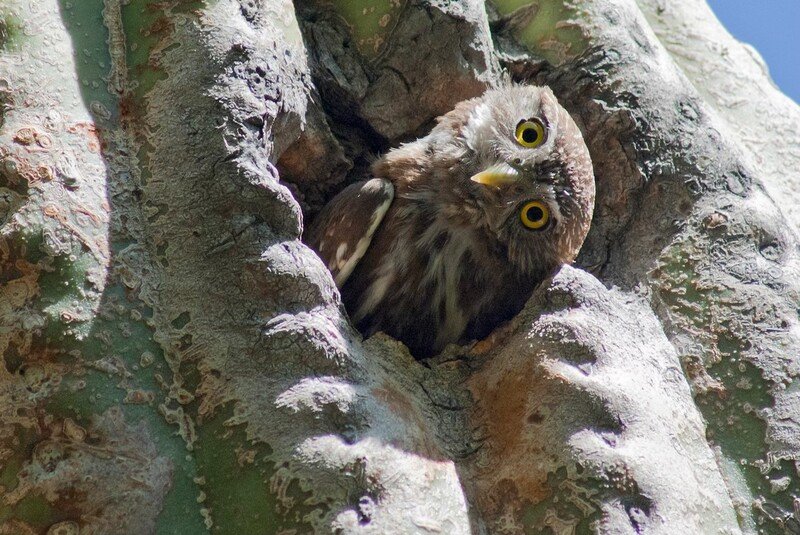The cactus ferruginous pygmy owl weighs less than a pet hamster, and at its full adult height, it's still a few millimeters shorter than the length of a dollar bill. Thanks to a new lawsuit, though, that small but mighty creature is joining the ranks of freeway fighters like Jane Jacobs — and with any luck, it may help defeat one of the most gigantic and destructive highway projects in recent American memory.
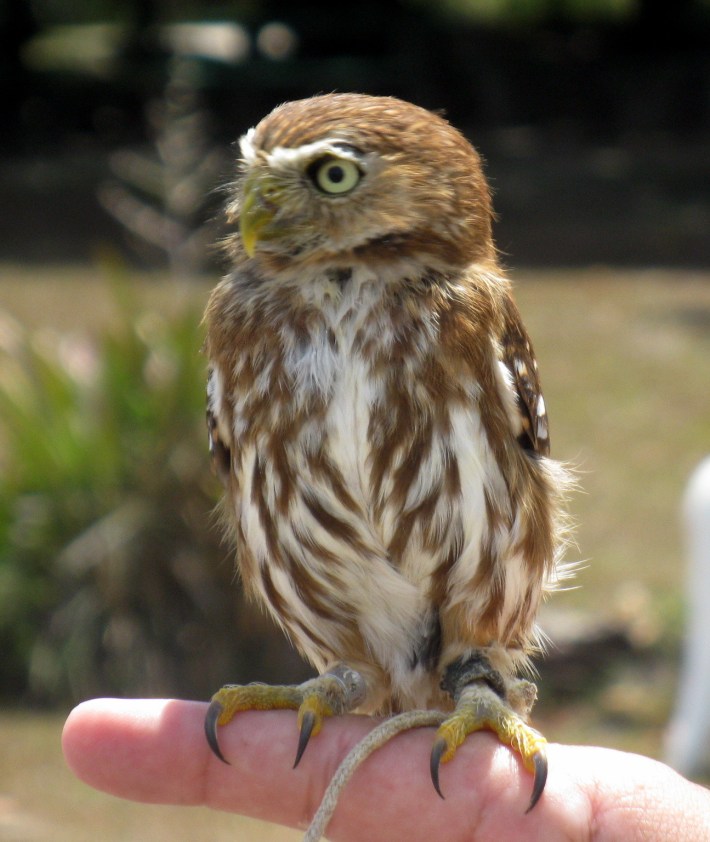
That David and Goliath story began last month when a coalition of conservation groups filed a lawsuit against the Federal Highway Administration, which the group says failed to consider the full environmental impacts of the proposed new Interstate 11 through Arizona. Envisioned for decades as the first leg of what could someday be a super-highway that stretches from Mexico to Las Vegas and eventually all way to Canada, transportation officials face a troubling choice in one of the southernmost sections of the road's 280-mile route: ramming through populous downtown Tucson to the east, or decimating the fragile Sonoran desert to the west, bulldozing many of the iconic giant cacti where the owls make their nests in the process.
Lead by the Center for Biological Diversity, the suit builds upon a 2022 legal challenge which alleged that the FHWA had missed critical environmental review steps required under the National Environmental Policy Act when it first proposed the western and eastern options for the highway — and now, they say it's also in violation of the Endangered Species Act, since the pygmy owl was federally designated as "threatened" in July of 2023.
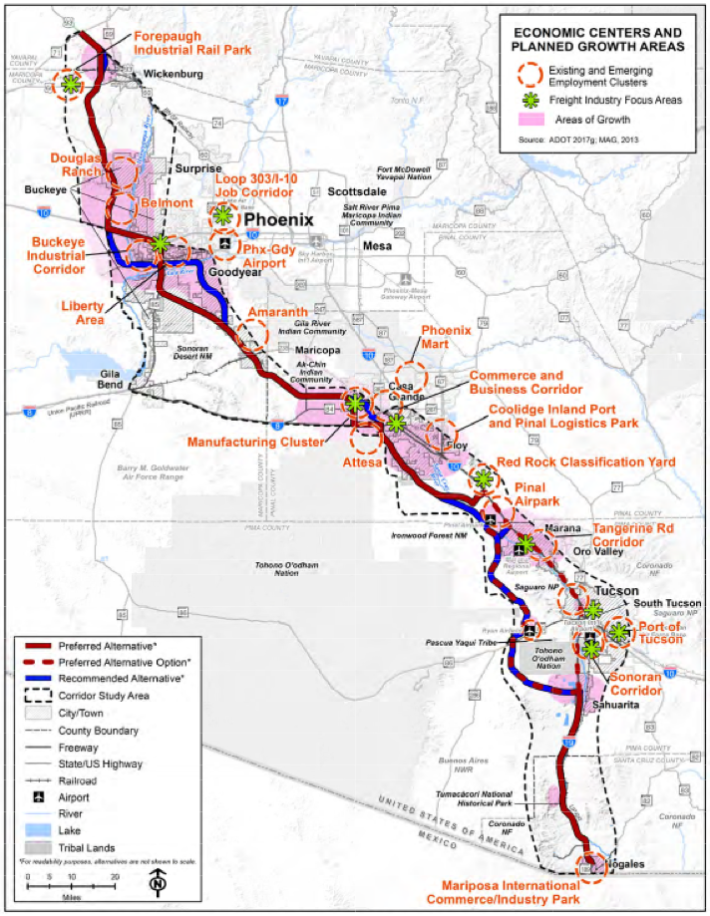
And since that tiny bird is also among Arizona's fiercest apex predators, that could have disastrous effects for the entire ecosystem that sits beneath it on the food chain — not to mention the human beings with whom it shares the larger landscape.
"It would be very easy to say 'We want to kill this project running through this area because it's going to destroy owl habitat, let's run it through a community on the outskirts of Tucson instead," said Russ McSpadden, Southwest conservation advocate at the Center. "But that wouldn't be environmental justice, either...Honestly, I would love to see this interstate die altogether."
The 'Deadpool Highway'
While the pygmy owl is used to taking on the big guys— it's been observed successfully preying on desert lizards roughly twice its size — a 280 mile highway with a vast network of powerful lobbyists behind it will be a particular challenge.
Within Arizona, McSpadden says that the I-11 project is largely driven by real estate interests, particularly in the fast-growing city of Buckeye on the westernmost outskirts of the Phoenix metro. Fueled by massive developer money from the likes of Bill Gates, the sprawling suburb of 101,000 residents is large enough by land mass to contain two New York Cities, and it aims to someday be one of the largest cities in the American west, despite the fact that state officials say that the region already lacks the groundwater necessary to build new homes.
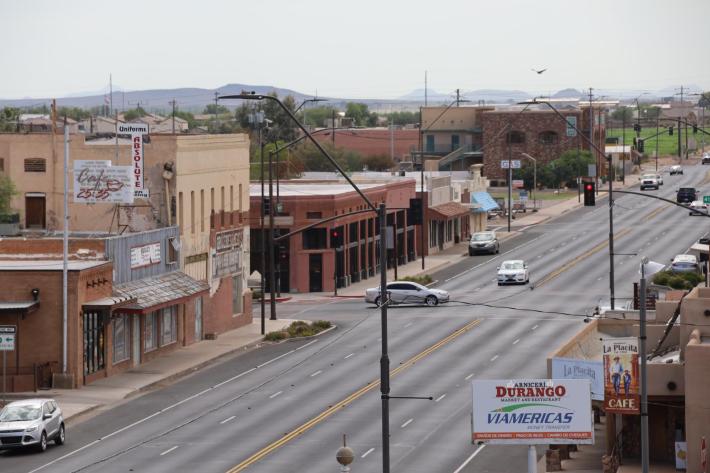
If I-11 is built, though, it will almost certainly usher in a spate of new development which the Center for Biological Diversity estimates will multiply the population tenfold — and multiply water use to a staggering 1,180 percent. And short of piling on more environmental destruction by building massive pipelines to Mexico, California, or even as far away as the Missouri River, developers won't be able to show the 100 year water supply necessary under Arizona law to green-light new construction projects.
The highway's environmental analysis, meanwhile, didn't take into account how much demand for water might be induced as car-dependent suburbs sprout up along its length. That's why the Center for Biological Diversity has deemed it a "dead pool highway," a play on the technical term that describes the point at which a reservoir has been so drastically depleted that it can no longer flow downstream.
"It's a highway predicated on a really unsustainable influx of population growth," added McSpadden. "There just isn't enough water to sustain those people."
Destroyed landscapes, destroyed communities
As Arizona plans roads for millions of new residents, the people who already live there aren't all that happy about the highway — or its effect on the wildlife species that are a deep part of their culture.
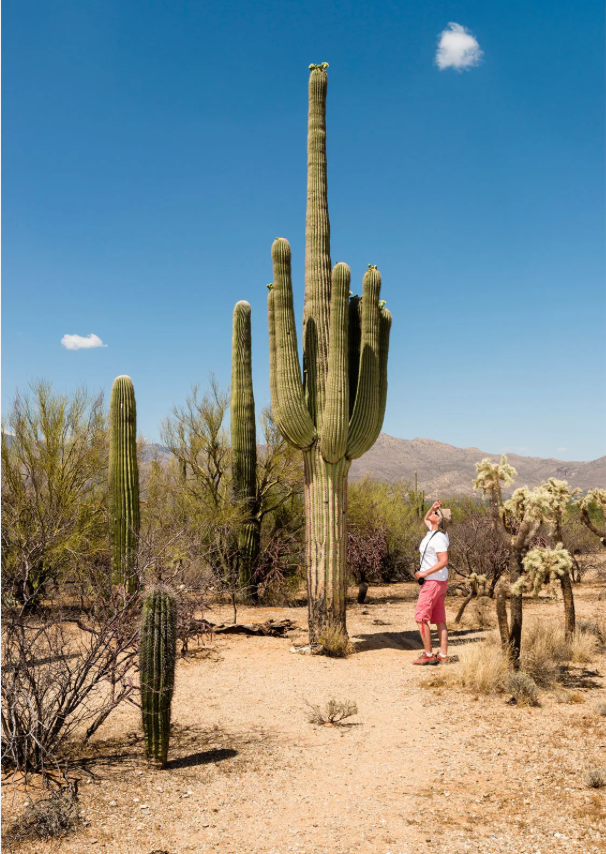
McSpadden explains that the pygmy owl isn't just beloved by Tucsonians because it's adorable. It's also instrumental to maintaining ecological balance in the Sonoran desert parks, which double as treasured urban green spaces for locals and a space of deep connection to their cultures. Far from hikes alone, he says the cacti forests are the backdrop for family barbecues and quinceñera photoshoots; members of the Tohono O'odham Nation still harvest saguaro fruits from their stems, and many of their ancestors' 8,000 year old remains are still interred along the Brawley Wash.
While other parts of the country wield wildlife as weapons against human-scaled development (and in favor of sprawl), many Arizonans have recognized that choosing habitat over highways carries deep benefits for humans, too — and not just for the pygmy owl. Advocates say the the desert tortoise, the mountain lion, the desert bighorn, the Pima Pineapple cactus and the Tumamoc globeberry could all have their populations slashed if I-11 moves forward.
"[When they held public hearings on the draft EIS], the environmentalists came out, but so did the local community groups, the historic preservationists groups, and a very strong and very vocal segment of the Hispanic community in Tucson," McSpadden adds. "Everyone was sort of on the same page that this definitely shouldn't go through the valley west of Tucson, and everyone raised environmental concerns [in their objections]."
Going through human habitat, though, isn't a good option either. While it may be possible to route the highway to the east of the parks by simply combining the Tucson stretch of I-11 with the stretch of I-10 that already carves through the city, that could mean deepening a divide that already cleaves many Hispanic communities in two — especially if officials elect to widen the road without tunneling it underground.
"Alternatives for colocation — adding an upper deck to the existing freeway or expanding the existing right of way through the use of the present access roads — are unacceptable," wrote Tucson Historic Preservation Society CEO Deion Clinco, in a letter obtained by Streetsblog. "The negative impact and extreme adverse effect on historic resources and minority neighborhoods would be enormous and destroy communities in perpetuity."
21st century solutions
For McSpadden's part, he hopes that Arizona won't have to choose between sacrificing the cactus ferruginous pygmy owl and the human communities that cherish it.
Instead, he's urging the Copper state to confront its transportation challenges without building a brand new mega-highway — by expanding transit services, bike lanes, and pedestrian infrastructure within mega-metros that already exist, rather than exhausting those funds for water-draining, suburb-spawning highways. That might be the only way to deliver real environmental justice for owl and human alike.
"If there's going to be new transportation infrastructure in Arizona, it shouldn't be this lazy 1960s solution to our 21st century problems," McSpadden adds. "We're going to be facing really big issues in our state with drought and climate change and heat waves and the growing population — how do we get through all of that, and still protect the things that are most dear to Arizonans and, indeed, to people around the world? ... I just hope it's a failed project through and through."
